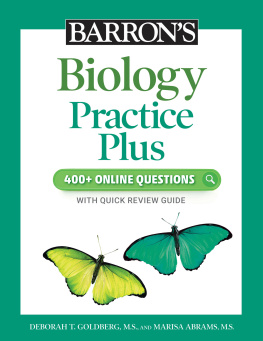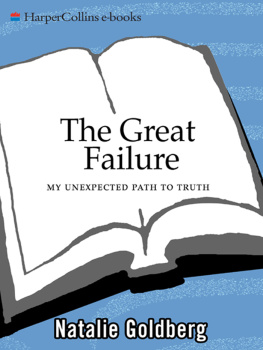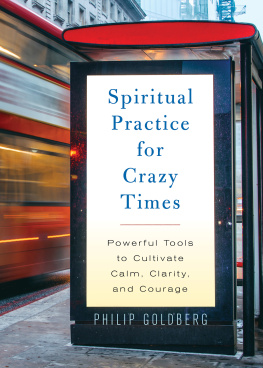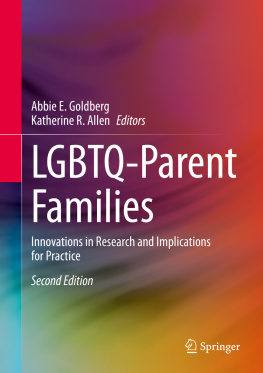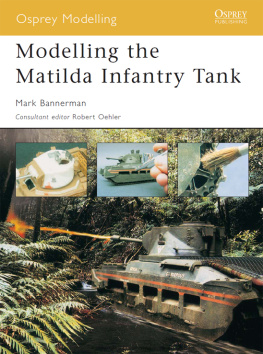NATIONAL INSTITUTE SOCIAL SERVICES LIBRARY
Volume 15
SOCIAL WORK IN GENERAL PRACTICE
First published in 1972 by George Allen & Unwin Ltd
This edition first published in 2022
by Routledge
2 Park Square, Milton Park, Abingdon, Oxon OX14 4RN
and by Routledge
605 Third Avenue, New York, NY 10158
Routledge is an imprint of the Taylor & Francis Group, an informa business
1972 George Allen & Unwin Ltd
All rights reserved. No part of this book may be reprinted or reproduced or utilised in any form or by any electronic, mechanical, or other means, now known or hereafter invented, including photocopying and recording, or in any information storage or retrieval system, without permission in writing from the publishers.
Trademark notice: Product or corporate names may be trademarks or registered trademarks, and are used only for identification and explanation without intent to infringe.
British Library Cataloguing in Publication Data
A catalogue record for this book is available from the British Library
ISBN: 978-1-03-203381-5 (Set)
ISBN: 978-1-00-321681-0 (Set) (ebk)
ISBN: 978-1-03-205381-3 (Volume 15) (hbk)
ISBN: 978-1-03-205388-2 (Volume 15) (pbk)
ISBN: 978-1-00-319734-8 (Volume 15) (ebk)
DOI: 10.4324/9781003197348
Publishers Note
The publisher has gone to great lengths to ensure the quality of this reprint but points out that some imperfections in the original copies may be apparent.
Disclaimer
The publisher has made every effort to trace copyright holders and would welcome correspondence from those they have been unable to trace.
SOCIAL WORK IN GENERAL PRACTICE
by
E. MATILDA GOLDBERG
and
JUNE E. NEILL
First published in 1972
This book is copyright under the Berne Convention. All rights are reserved. Apart from any fair dealing for the purpose of private study, research, criticism or review, as permitted under the Copyright Act, 1956, no part of this publication may be reproduced, stored in a retrieval system, or transmitted, in any form or by any means, electronic, electrical, chemical, mechanical, optical, photocopying, recording or otherwise, without the prior permission of the copyright owner. Enquiries should be addressed to the publishers
George Allen & Unwin Ltd, 1972
ISBN 0 04 360025 5 hardback
0 04 360026 3 paper
Printed in Great Britain
in 11 point Fournier type
by Unwin Brothers Limited, Woking and London
CAVERSHAM PROJECT CONSULTATIVE COMMITTEE
- Dame Eileen Younghusband, DBE (Chairman)
- Dr Hugh Faulkner
- Dr Wilfred G. Harding
- Mr John S. Heap
- Mr Robin Huws Jones, CBE
- Professor Robert F. L. Logan
- Miss Alice M. Sheridan
PRACTICE STAFF
- Dr Hugh C. Faulkner
- Mrs Lavender Aaronovitch
- Dr David J. Boulton
- Dr Margaret Gilchrist
- Mrs Elsie Gollan
- Dr Donald M. Grant
- Mrs Elizabeth Hall
- Dr Ruth DArcy Hart
- Miss Joyce Jameson
- Mrs Tina Levins
- Dr Rachel Miller
- Mrs Barbara Patterson
- Dr Allan H. Pote
- Dr Peter A. M. Raine
- Miss Rosemary Wadsworth
- Miss Marian Weiss
- Mrs Ami Yureth
| - Senior Partner
- Social Workers Secretary
- Trainee General Practitioner
- General Practitioner
- Administrative Secretary
- General Practitioner
- Senior Receptionist
- Family Planning and Marital Problems
- Health Visitor
- Secretary/Receptionist
- General Practitioner
- Health Visitor
- General Practitioner
- Trainee General Practitioner
- Community Service Volunteer
- Practice Sister
- Health Visitor
|
FOREWORD
This book records a five year project to explore the contribution of social work in general practice. It was undertaken jointly by the Caversham Group Practice Team and the National Institute for Social Work Training and financed by the City Parochial Foundation. Although the idea was not new, the Caversham Project is perhaps the most systematic attempt so far to study in action the contribution a social worker can make to the identification and treatment of psychosocial problems in general practice. It also attempts to clarify the elements in the partnership between doctors and social workers.
What later became the Caversham Project arose from a chance meeting between us at a Royal Society of Health Conference in 1960. Although the idea was kept alive, the means were lacking until Sir Donald Allen, at that time Clerk to the City Parochial Foundation, immediately saw its possibilities. Robin Huws Jones, then Principal of the National Institute for Social Work Training, agreed that it could clarify some debated issues about the nature and effectiveness of social work, interdisciplinary co-operation and good pick-up points for the deployment of social workers.
A Consultative Committee was set up, the post was advertised and it was decided to appoint the best applicant without regard to the particular field of casework in which he or she had practised. Miss June Neill, a family caseworker, was appointed and amply demonstrated that the quality of casework and the ability to work as a member of a team are more important than previous experience in a particular setting. At the same time, the monitoring and analysis of this demonstration owe a great deal to the distinguished contribution made by Miss E. M. Goldberg, who came to the National Institute for Social Work Training as Director of Research from the Social Medicine Unit of the Medical Research Council when the experiment was just starting. We were fortunate also in that the initiative had come from a general practice which saw the need for a social work member of the team, rather than from outsiders. By his active interest, Dr. Wilfrid Harding, Medical Officer of Health for the London Borough of Camden made an important contribution to the effectiveness of the project. The Consultative Committee also performed a useful function as a sounding board of medical and social work opinion.
We are not primarily concerned here to pay tribute to the people who contributed, however richly this is deserved. Rather we want to identify the attitudes and climate which seem essential if pioneer demonstration projects in interdisciplinary co-operationin this instance between general practice and social workare to be successfully conducted. In the current jargon, where roles are not yet institutionalised there must be a good deal of professional candour, curiosity and a willingness to learn from each other and to discover what constitutes the best milieu for co-operation so that the most effective rules, roles and relationships can be evolved for more general application.
From another angle, this demonstration owes its origin to changes in the whole concept of general practice or primary medical care, from the relatively simple ideas of organic pathology, to awareness of the complex and interrelated emotional, social and economic causes of patients needs. At this earlier period very little of the academic training of doctors or their hospital practice had any relevance to the stream of undifferentiated demand they met in general practice. They found themselves expected to deliver instant wisdom in response to infinitely wide-ranging demanda sitting duck every morning and evening. General practitioners were already, however, being pressed to predict vulnerability, to diagnose reversible pathology early enough for something to be done. Patients were demanding aid with emotional and psychological problemshowever much they cloaked their cry for help in acceptable physical symptoms. Doctors began to feel that they should try to equip themselves to respond, or else ask whether other professionals (and non-professionals) might respond, not just as well as, but demonstrably better than they could themselves. This led many doctors to believe that the future depended on re-educating themselvesin preventive medicine, earlier diagnosis, emotional illness, rehabilitation and so on. At the same time they were increasingly asking other workersnurses, health visitors, social workers, receptionists and secretariesto join them in the primary care team in group practices and health centres, working closely with their colleagues in the hospitals and the community health and welfare services.



